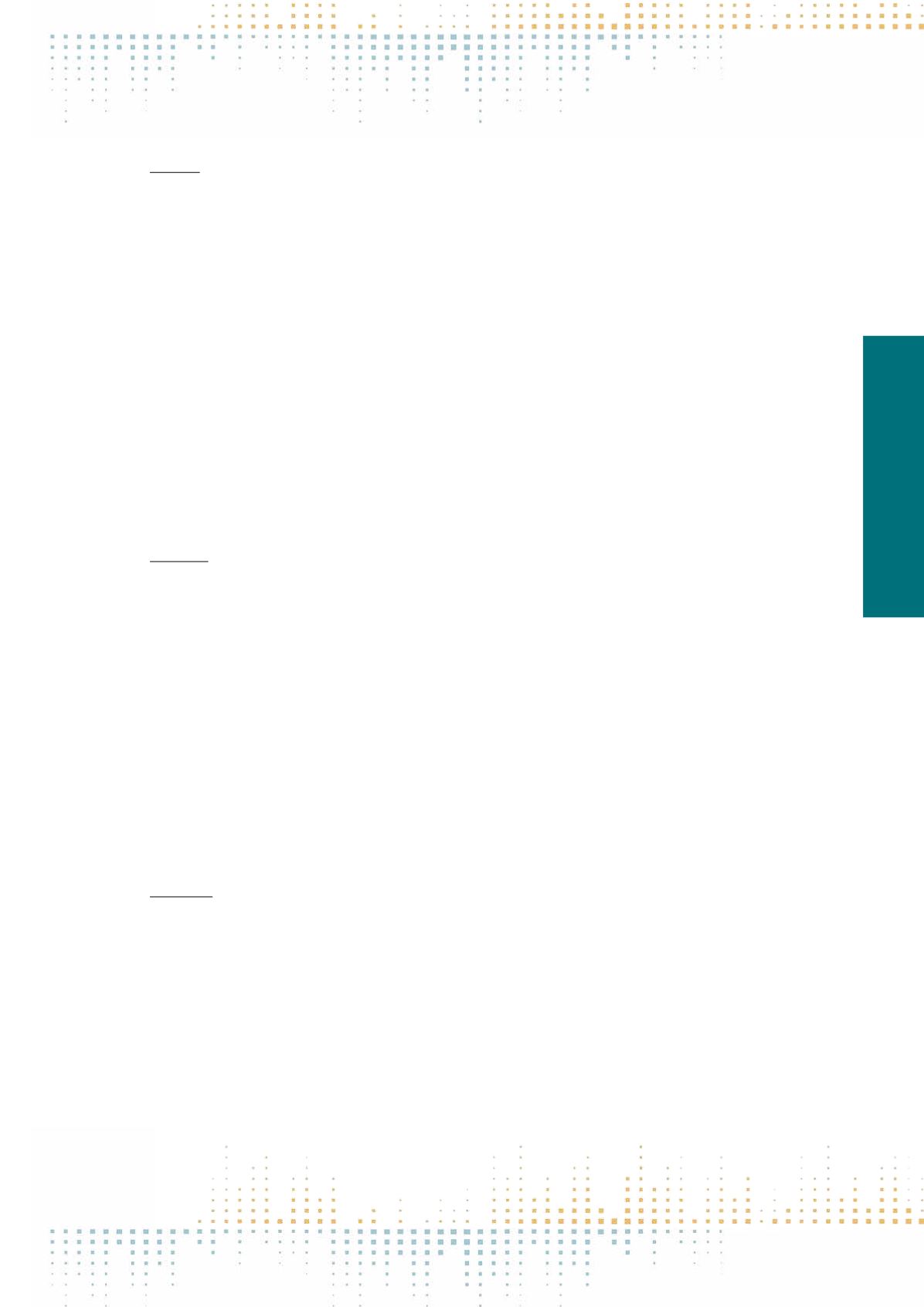

183
Friday, November 11
0 9 : 0 0 – 1 0 : 3 0
PN 184
Politics of Home: Mediating Affective Migrant Connections
D. Alinejad
1
1
Utrecht University, Media and Culture Studies, Utrecht, Netherlands
Few studies on “digital diaspora” formation include, let alone focus on, the consequences of migration and media from the perspective of the sending or
“home”countries. With the rising intensity of migrants’digital communications practices, it becomes increasingly important to understand how migrants’
“home” contexts are implicated in new configurations of diasporic belonging as those “back home” stay in touch with migrant family members via digital
media applications. This talk investigates how transnational Turkish families develop and maintain intimate connections through digital media practic‑
es, and seeks to understand what kinds of “affordances” (Madianou & Miller, 2012) digital communications offer for mediating the affective dimensions
of transnational family life from the perspective of those left behind. In doing so, the paper bridges the interstices between “home” as homeland and
“home” as the domestic space of the family, and thus engages with notions of emotional labor of maintaining family ties as gendered work, implicated
within (shifting) power relations (Massey, 1994). Taking Istanbul, Turkey as the main field site and conducting research among selected families who have
migrant members living in European capitals, the paper focuses on everyday practices of digital communication shaped by migration. Based on preliminary
findings from a mixture of“media-oriented”(Couldry, 2008) ethnographic methods including photo-elicitation interviewing techniques and digital meth‑
ods techniques, the talk shows the layered ways in which diaspora connections come to bear on how respondents’ imagine, participate in, and otherwise
connect with their family members and the everyday lives they live in European capitals, locales that are global cosmopolitan centers for migration while
each having their own specific historical trajectory of in/exclusion of Turkish migrants. The paper demonstrates how specific digital media applications are
embedded within practices that (re)produce transnational affective belonging. References: Couldry, N. (2008). Mediatization or mediation? Alternative
understandings of the emergent space of digital storytelling. New Media & Society, 10(3), 373–391. Madianou, M., & Miller, D. (2012). Migration and New
Media: Transnational families and Polymedia. Abingdon and New York: Routledge. Massey, D. B. (1994). Space, Place, and Gender. Minneapolis: University
of Minnesota Press.
PN 185
Mapping Transnational Diasporic Connections in the Dutch-Turkish diaspora
L. Candidatu
1
1
Utrecht University, Media and Culture Studies, Utrecht, Netherlands
In the age of the web 2.0 and high digital connectivity, migration, characterized usually by uprootedness and displacement, has been reshaped in newways
of connecting with those left behind. The computational turn and the current increased use of digital media have a strong influence in the shaping and
construction of the diasporic subjects, bringing to the fore Appadurai’s (1996) assertion on the joint effects of migration and electronic media in the shaping
of modern subjectivities. The scholarly investigation of the migrant’s “migration” in the online medium has varied through time depending on the theo‑
retical lens and the academic ethos of the period and different disciplinary fields. Most of the humanities based approaches on digital diasporas, although
bringing valuable scholarly insights, are descriptive, importing tools and methodologies developed for offline phenomena, and concentrating on individual
websites. Diminescu and Loveluck (2014) propose a new approach for the study of digital diasporas that can make justice to the medium specificity, yet
the authors recognize the limitations of the research in not accounting for the everyday interaction. Considering the limitations of the two approaches,
a consolidated investigation of e–diasporas asks thus for a methodology that considers both medium specificity and an ethnographic groundedness able
to address multiple, intersecting, axes of differentiation in the everyday life. This paper proposes issue mapping (Rogers 2015) as a methodology in which
diasporic engagement could be traced across different platforms in a heuristic way, opening up the space for emic diasporic “issuefications,” as well as for
the dynamicity of the (e)diasporic space. By the use of digital methods, I will map the online circulation of an event from the Dutch-Turkish diaspora that
triggered strong affective online engagement. Particularly, I will explore the transnational affctive connections developed on Facebook on the one side, and
media outlets representations on the other side.
PN 186
Understanding Digital Media Practices of Somali Migrant Women in Postcolonial Framework
M. Mevsimler
1
1
Utrecht University, Media and Culture Studies, Utrecht, Netherlands
As being the largest and oldest among all Somali communities based in Europe, Britain’s largest refugee population, Somali community, remains among
the most impoverished groups in Britain. British Somalis have the lowest employment rates of all migrants in the UK; women in particular are highly
affected by lack of education, language skills and poor services which create networking barriers and significant socio-economic inequalities. However,
digital networks allow diasporic subjects to (re)construct their identity, create new space(s) of belonging and solidarity and challenge (or resist) social and
cultural inequalities of the offline world (Leurs and Ponzanesi: 2013). While emergence of digital networks invites us to recognize new forms and processes
of inclusion and exclusion, we should also acknowledge that these digital networks are also highly sutured with racial, social and economic hierarchies,
which are upon offline local and global structural inequalities (Nakamura: 2002). The fact that Somali immigration to the UK has its roots in times of British
colonial rule over the region reminds us that this under-researched group has to be studied in relation to British colonial past and legacy. Therefore, with
a postcolonial grounding, I examine various online platforms where Somali migrant women, residing in London, perform their diasporic identity and create
sites of networking, in order to address paradoxical implications of digital space. By taking an intersectional perspective, I combine approaches to gender
with nationality, religion, generation, class and sexual orientation (Davis: 2008) in order to be able to address multi-layered, complex sense of ‘otherness’



















